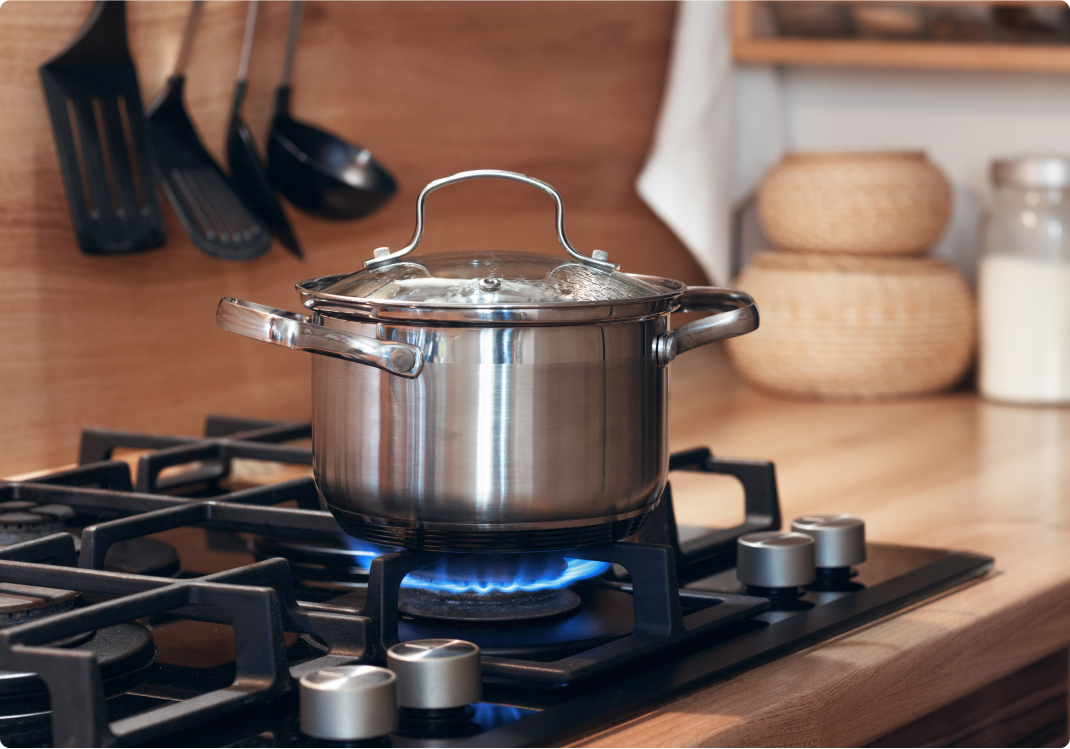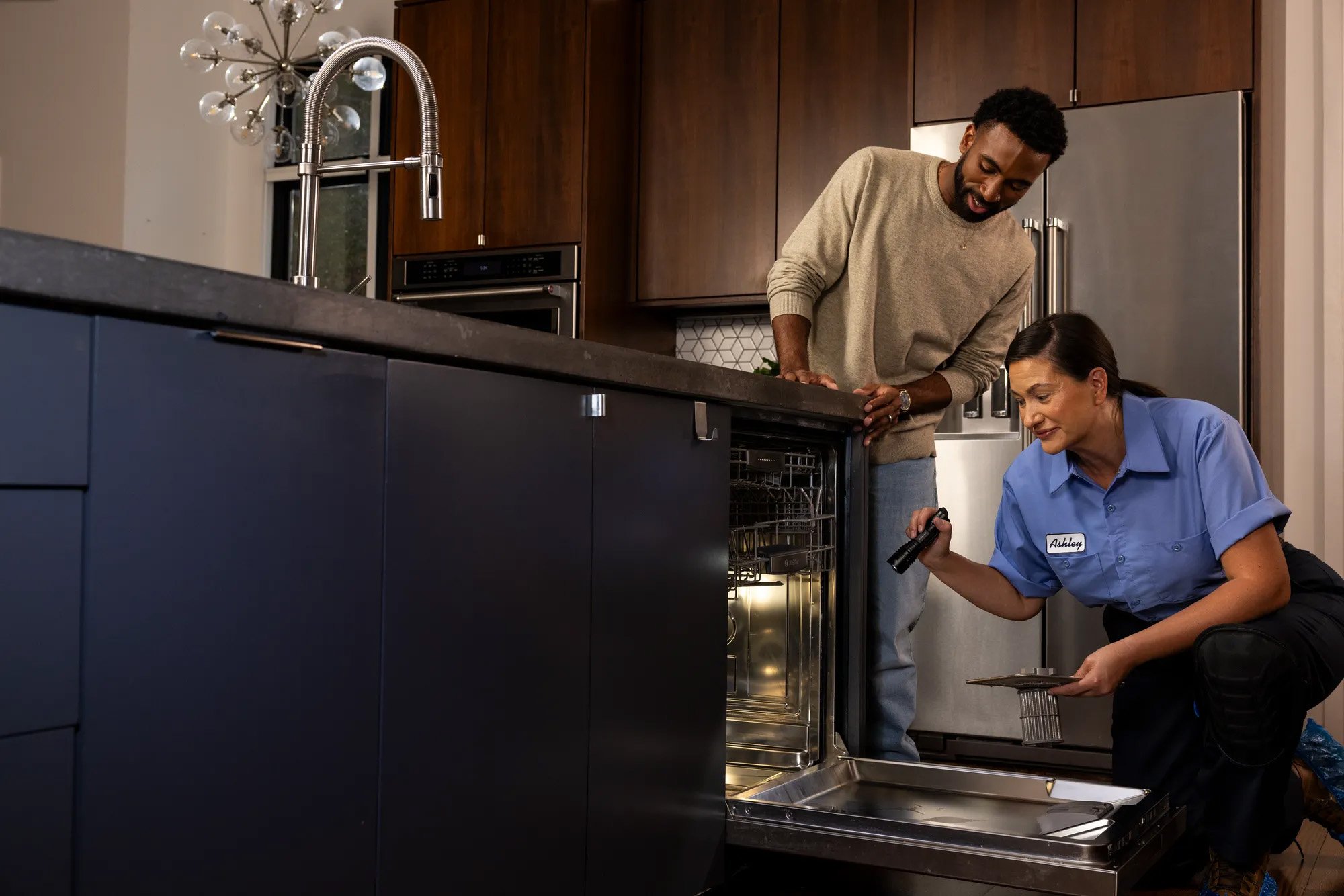Eight Easy DIY Tips for Gas Stove Installation

Is it time to replace or install a new gas stove? You can install your gas stove yourself with these DIY installation tips.


Is it time to replace or install a new gas stove? You can install your gas stove yourself with these DIY installation tips.
If you’ve repaired your gas stove one too many times, it’s probably time to replace it. Hiring a professional to replace your gas stove oven could cost you a few hundred dollars, but you can save on this expense by doing it yourself. Follow the instructions below to replace and install your gas stove safely, and you’ll be back to frying up bacon in no time.
STOP: Before you begin replacing your gas stove, check local codes and ordinances to ensure homeowner installation is permitted.
Materials:
Thinking about coverage?
Security for your home. Protection for your budget.
Safety tip: When you're installing a gas stove, you never want to reuse a connector. So before you begin, go to a home center or hardware store and purchase a new connector. Buying the right connector is the most important step to a safe installation. Look for these things:
Pull out the range and shut off the gas cock (it’s off when the lever is at a right angle to the pipe). The shutoff will either be located behind the range, or in the basement just below. If you don’t have a shutoff, this is the best time to add one for your safety.
Wrap yellow Teflon pipe-joint tape twice around the threads clockwise. The 1/2-in. x 3/4-in. coupling accommodates the 3/4-in. end connector fitting, since connectors with 1/2-in. end fittings at both ends are not always readily available.
Remove the end connector fitting, wrap the unbeveled end with Teflon tape, and screw it to the gas line. Safety tip: ALWAYS use both of the end fittings and NEVER screw the connector nuts to a black gas fitting or pipe or you will be guaranteed a leak. Also, be careful not to kink or force the connector into sharp bends.
Screw a 1/2-in. x 1/2-in. street elbow into the range gas port. Then screw the connector's other end fitting into the street elbow. Use Teflon tape on each fitting, and be careful not to over tighten.
Tighten the connector nuts to the two end connector fittings, making sure to hold the tube straight against the fitting. Safety tip: Do NOT use Teflon tape on these threads as it can interfere with the seal.
Always check your work for leaks. Turn on the gas cock (vertical position) and light the range burners for about a minute to get the air out of the gas line. Then spray all the joints with gas leak detector (sold at home centers). You can also use warm, soapy water. If there are any bubbles around a joint, this indicates a leak. For added safety, you can call your local gas company to check your work.
If there are no leaks detected, push your new stove in place and make sure everything is level. When you’re all set, it’s time to get cooking!
Once you’ve successfully installed your stove, the last thing you want is it breaking down right away again. That’s why regular maintenance is so important. Make sure to regularly clean your burners and grates. Check that the burner ports aren’t clogged with food debris, and wipe down control knobs and surfaces to prevent grease buildup. It’s also a good idea to inspect the gas line connection occasionally to ensure there are no leaks or loose fittings.
Plans from American Home Shield include coverage that can help you stay on top of your home’s appliance maintenance–including ovens, ranges and cooktops–by providing repairs or replacements for key components that may wear out or malfunction. With a plan from American Home Shield in your corner, you can rest easier knowing that costly breakdowns are covered. That means your appliances stay in great shape, so you can focus on more important things.
Our home warranty plans help keep your essential appliances up and running.

AHS assumes no responsibility, and specifically disclaims all liability, for your use of any and all information contained herein.
Have a plan for your home when things don't go according to plan
Shop Home Warranties